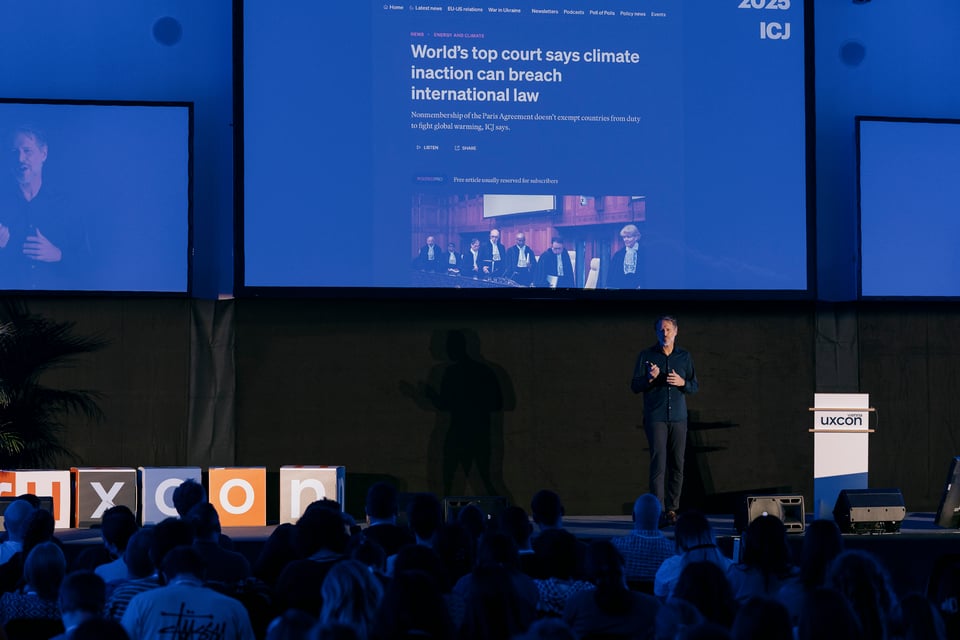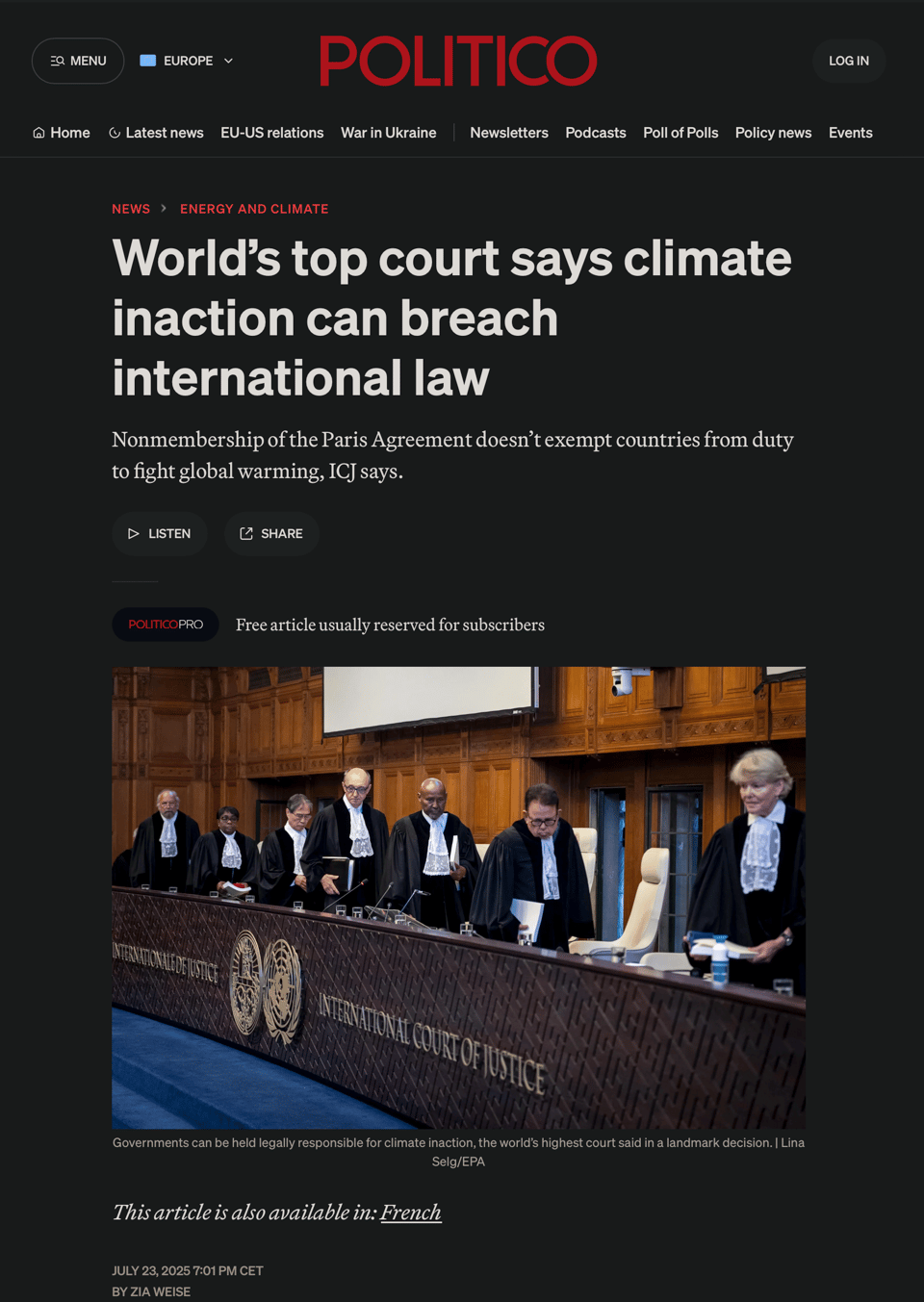A Battery in Every Home

One well-known problem with solar and wind is that they only produce electricity when the sun is shining or the wind is blowing. The most common term for this is intermittency. How might we solve the intermittency problem?
At this point in 2025 we don’t seem to have the technology or the appetite for a solution within the usual range of effort and cost we allocate to these sorts of problems, so we’re still relying on non-solar/wind to power our grids. Take the example of Austria which is close to 95% renewable, but violates its own laws to buy nuclear from neighbor Czechia.
Let’s imagine that this situation is tipped by legal catalysts. The International Court of Justice has started going after the least interested parties by ruling their inaction a breach of law:

So we can imagine this as one point on a continuing trend that continues to put more and more pressure on governments. Eventually it leads to the International Criminal Court ruling that, because polluting and releasing CO2 today harms people in the future, we’re going to start prosecuting dirty actors now.

As world leaders get dragged into court, they all start to panic. They ask scientists what’s needed and the scientists tell them about the intermittency problem and suggest potential solutions. Soon governments everywhere pass legislation to address the intermittency problem. Here in Germany, they mandate a battery in every home. Appliance makers such as SMEG understand what people want in their homes and jump on the opportunity.

The Sonnenbox–first a SMEG trademark, but later a generic term everyone uses–uses GPS to get its location and tell the network where it is. If that location is receiving renewable energy, it charges. If not, it discharges to power the home. All consumers have to do is buy it (although near 100% subsidies are often available) and plug it in. Within a couple years a critical mass of Sonnenboxes store enough energy to solve the intermittency problem.
Returning to 2025, sadly something as simple as the Sonnenbox isn’t feasible. We don’t have a reliable data feed on the energy source arriving at our homes. And homes don’t have an easy way to switch from power from the utility to power from batteries. Solving these two problems will go a long way toward solving intermittency.